Finnish & Italian apps join the PEMEA network
Getting help becomes easier for citizens on the move The Italian app WhereAreU and the Finnish app 112 Suomi (Emergency Response Centre Agency) are the first to successfully join the PEMEA network. Live calls have already been received this January. This is an important step forward for emergency services and citizens. From now on, users […]
Several EU Member States risk sanctions for not complying with EU legislation
As per article 109(4) of the European Electronic Communications Code (EECC), on 21 December the European Commission published a report on “the effectiveness of the implementation of the single European emergency number ‘112’”. This 20-page long document includes interesting figures on how emergency communications are handled in each Member State, such as the number of […]
‘NG112: From theory to reality’ event – Save the date
When embracing the future becomes possible for emergency services There is only one thing we find more exciting than the beginning of the year – planning everything we want to achieve in the next months! Save the date: 27-29 APRIL Our new virtual event on “NG112 from theory to reality” will be one of our […]
EECC implementation deadline: AML & Accessibility
21 December marks the deadline for the implementation of article 109 of the EECC, which includes caller location and accessibility for persons with disabilities. The provisions of the EECC are binding on all EU Members States: countries that have not achieved implementation risk facing infringement procedures resulting in financial sanctions.
EU Legislation Update: Illegal content online & Cybersecurity
Two important pieces of legislation have been proposed by the European Commission. The Digital Services Act addresses the responsibility of online platforms in the EU while the NIS Directive is an important legislation for cybersecurity. Both proposals include a few elements that are relevant for the community of emergency services. Benoit Vivier, EENA’s Public Affairs […]
PSAPs Global Edition 2020: available now
Discover emergency call handling in 57 countries Public Safety Answering Points: Global Edition 2020 Technology is continually advancing, and many national authorities are adapting their emergency call handling systems. New legislation, such as the European Electronic Communications Code in the European Union, is influencing change in many countries. The structure and procedures of Public Safety […]
Public Safety Industry Directory
Latest edition of the “Who-is-who in the Public Safety Industry” is now available! Our latest update provides you with a comprehensive overview of the most recent solutions available in the public safety industry from over 90 companies worldwide and aims to bridge the gap between all stakeholders in the emergency services field. With the sector under […]
Emergency Call Handling Service Chain Description
Updated document available nowDiscover the emergency call handling models When a person in distress calls the emergency number, this sparks off a complex series of events that ultimately ends in help arriving on scene. Every step in the emergency services chain is crucial, from the first answering of the call and the data collection, to […]
Meet the EENA Tech & Public Safety Programme
The challenge More and more tech companies are developing products that aim to connect users with emergency services in case of danger. While some have helped to save lives, there have also been many issues and safety features have often not delivered to their full potential due to lack of communication between developers and emergency […]
Transnational Database
The transnational database ensures that emergency services in one country can contact emergency services in another country, by providing a single contact point per country. Without this number, it is impossible, or it takes an exceptionally long time to enter into contact with emergency services on the other side of Europe. At present, 20 European […]
